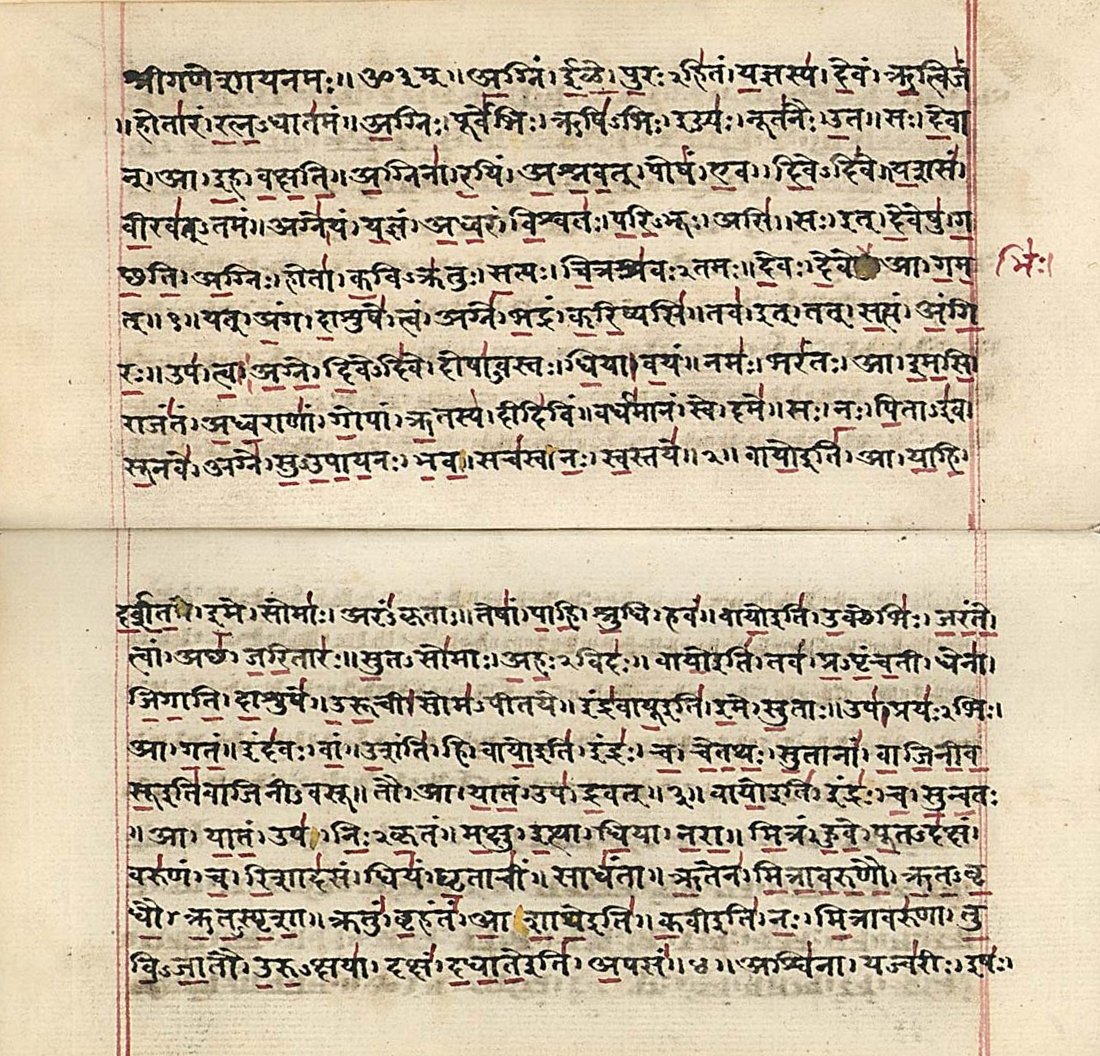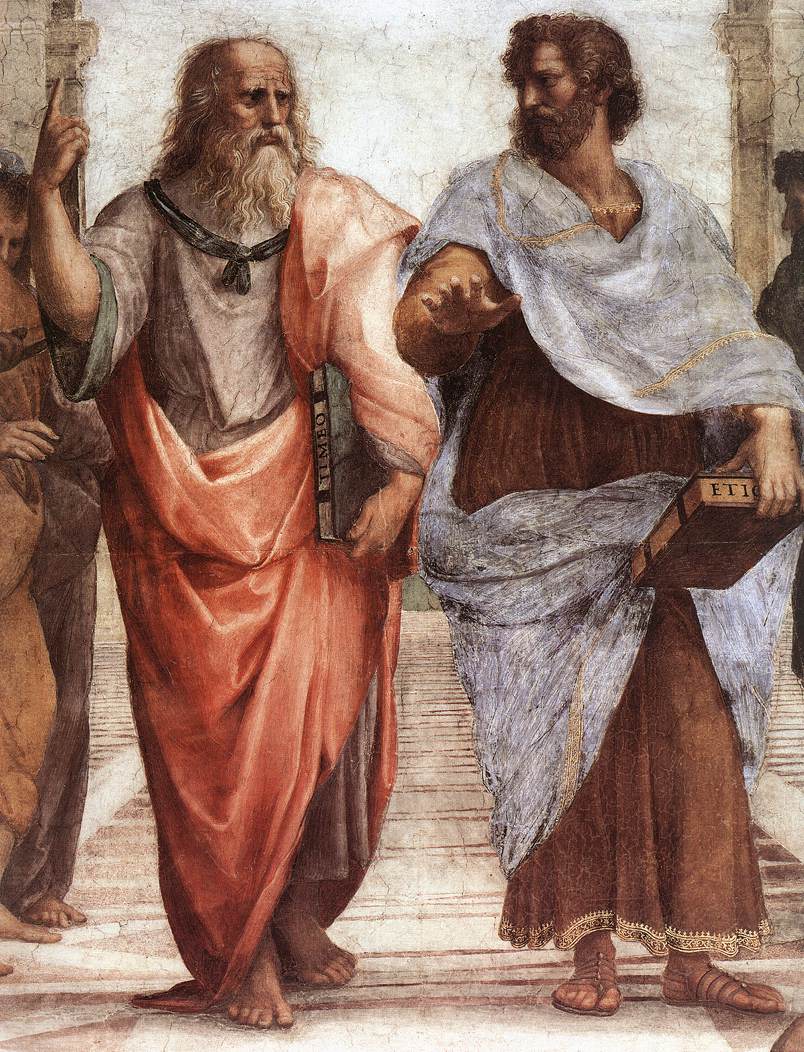|
Francesco Ragonesi
Francesco Cardinal Ragonesi S.T.D. J.U.D. (21 December 1850 – 14 September 1931) was a Cardinal of the Roman Catholic Church and was the Prefect of the Supreme Tribunal of the Apostolic Signatura. Biography Francesco Ragonesi was born in Bagnaia, Viterbo, Italy. He was educated at the seminary of Viterbo, and from 1869 at the Pio-Roman Seminary, and at the Pontifical Roman Athenaeum S. Apollinare, where he earned doctorates in philosophy, theology and a ''doctorate utroque iuris'' (in both canon and civil law). He was ordained in 1874 and worked in the diocese of Viterbo, where he did pastoral work and for twenty-five years served as a professor of history and Scripture in its seminary. He became archcanon of the cathedral chapter as well as being elected vicar capitular of the diocese. Between 1885 and 1904 he served as vicar general. He was created Domestic prelate of His Holiness on 12 June 1889. He was appointed Apostolic delegate and extraordinary envoy to Colombi ... [...More Info...] [...Related Items...] OR: [Wikipedia] [Google] [Baidu] |
His Eminence
His Eminence (abbreviation H.Em. or H.E. or HE) is a style of reference for high nobility, still in use in various religious contexts. Catholicism The style remains in use as the official style or standard form of address in reference to a cardinal of the Catholic Church, reflecting his status as a Prince of the Church. A longer, and more formal, title is "His (or Your when addressing the cardinal directly) Most Reverend Eminence". Patriarchs of Eastern Catholic Churches who are also cardinals may be addressed as "His Eminence" or by the style particular to Catholic patriarchs, His Beatitude. When the Grand Master of the Sovereign Military Order of Malta, the head of state of their sovereign territorial state comprising the island of Malta until 1797, who had already been made a Reichsfürst (i.e., prince of the Holy Roman Empire) in 1607, became (in terms of honorary order of precedence, not in the actual church hierarchy of ordained ministers) the most senior offic ... [...More Info...] [...Related Items...] OR: [Wikipedia] [Google] [Baidu] |
Pontifical Roman Athenaeum Saint Apollinare
Pontifical Roman Athenaeum S. Apollinare is a former pontifical university in Rome, named after St. Apollinaris of Ravenna. Its facilities are now occupied by the Pontifical University of the Holy Cross. Initially, the Palace of St. Apollinare was used as a residence for various cardinals, until 1574, when Pope Gregory XIII gave the building to the Jesuits for the German College. History Previously the premises was the site of the Palace of St. Apollinare in the northern area of the Piazza Navona. Around 1417, Martin V gave Cardinal Branda da Castiglione the use of the Palazzo di Sant'Apollinare in the Piazza Navona. In 1455, Cardinal Guillaume d'Estouteville took up residence there, and built the Church of S. Agostino just to the east. ''Collegium Germanicum et Hungaricum'' In January 1574, Pope Gregory XIII granted the property to the Jesuits as the seat of the ''Collegium Germanicum''. Founded by Ignatius Loyola, it is, after the Capranica, the oldest college in Rome. T ... [...More Info...] [...Related Items...] OR: [Wikipedia] [Google] [Baidu] |
Scripture
Religious texts, including scripture, are texts which various religions consider to be of central importance to their religious tradition. They differ from literature by being a compilation or discussion of beliefs, mythologies, ritual practices, commandments or laws, ethical conduct, spiritual aspirations, and for creating or fostering a religious community. The relative authority of religious texts develops over time and is derived from the ratification, enforcement, and its use across generations. Some religious texts are accepted or categorized as canonical, some non-canonical, and others extracanonical, semi-canonical, deutero-canonical, pre-canonical or post-canonical. "Scripture" (or "scriptures") is a subset of religious texts considered to be "especially authoritative", revered and "holy writ", "sacred, canonical", or of "supreme authority, special status" to a religious community. The terms ''sacred text'' and ''religious text'' are not necessarily interchangeable ... [...More Info...] [...Related Items...] OR: [Wikipedia] [Google] [Baidu] |
Diocese Of Viterbo
The Diocese of Viterbo ( la, Dioecesis Viterbiensis) is a Latin Church ecclesiastical territory or diocese of the Catholic Church in central Italy. From the 12th century, the official name of the diocese was the Diocese of Viterbo e Tuscania. In 1986, several dioceses were combined, and the title was changed to "Diocese of Viterbo, Acquapendente, Bagnoregio, Montefiascone, Tuscania and San Martino al Monte Cimino"; in 1991 the name was shortened to "Diocese of Viterbo"."Diocese of Viterbo" '' Catholic-Hierarchy.org''. David M. Cheney. Retrieved January 2, 2017. ... [...More Info...] [...Related Items...] OR: [Wikipedia] [Google] [Baidu] |
Canon Law
Canon law (from grc, κανών, , a 'straight measuring rod, ruler') is a set of ordinances and regulations made by ecclesiastical authority (church leadership) for the government of a Christian organization or church and its members. It is the internal ecclesiastical law, or operational policy, governing the Catholic Church (both the Latin Church and the Eastern Catholic Churches), the Eastern Orthodox and Oriental Orthodox churches, and the individual national churches within the Anglican Communion. The way that such church law is legislated, interpreted and at times adjudicated varies widely among these four bodies of churches. In all three traditions, a canon was originally a rule adopted by a church council; these canons formed the foundation of canon law. Etymology Greek / grc, κανών, Arabic / , Hebrew / , 'straight'; a rule, code, standard, or measure; the root meaning in all these languages is 'reed'; see also the Romance-language ancestors of the English ... [...More Info...] [...Related Items...] OR: [Wikipedia] [Google] [Baidu] |
Theology
Theology is the systematic study of the nature of the divine and, more broadly, of religious belief. It is taught as an academic discipline, typically in universities and seminaries. It occupies itself with the unique content of analyzing the supernatural, but also deals with religious epistemology, asks and seeks to answer the question of revelation. Revelation pertains to the acceptance of God, gods, or deities, as not only transcendent or above the natural world, but also willing and able to interact with the natural world and, in particular, to reveal themselves to humankind. While theology has turned into a secular field , religious adherents still consider theology to be a discipline that helps them live and understand concepts such as life and love and that helps them lead lives of obedience to the deities they follow or worship. Theologians use various forms of analysis and argument ( experiential, philosophical, ethnographic, historical, and others) to help u ... [...More Info...] [...Related Items...] OR: [Wikipedia] [Google] [Baidu] |
Philosophy
Philosophy (from , ) is the systematized study of general and fundamental questions, such as those about existence, reason, Epistemology, knowledge, Ethics, values, Philosophy of mind, mind, and Philosophy of language, language. Such questions are often posed as problems to be studied or resolved. Some sources claim the term was coined by Pythagoras ( BCE), although this theory is disputed by some. Philosophical methodology, Philosophical methods include Socratic questioning, questioning, Socratic method, critical discussion, dialectic, rational argument, and systematic presentation. in . Historically, ''philosophy'' encompassed all bodies of knowledge and a practitioner was known as a ''philosopher''."The English word "philosophy" is first attested to , meaning "knowledge, body of knowledge." "natural philosophy," which began as a discipline in ancient India and Ancient Greece, encompasses astronomy, medicine, and physics. For example, Isaac Newton, Newton's 1687 ''Phil ... [...More Info...] [...Related Items...] OR: [Wikipedia] [Google] [Baidu] |
Pontifical Roman Athenaeum S
A pontifical ( la, pontificale) is a Christian liturgical book containing the liturgies that only a bishop may perform. Among the liturgies are those of the ordinal for the ordination and consecration of deacons, priests, and bishops to Holy Orders. While the ''Roman Pontifical'' and closely related '' Ceremonial of Bishops'' of the Roman Rite are the most common, pontificals exist in other liturgical traditions. History Pontificals in Latin Christianity first developed from sacramentaries by the 8th century. Besides containing the texts of exclusively episcopal liturgies such as the Pontifical High Mass, liturgies that other clergymen could celebrate were also present. The contents varied throughout the Middle Ages, but eventually a pontifical only contained those liturgies a bishop could perform. The ''Pontificale Egberti'', a pontifical that once belonged to and was perhaps authored by Ecgbert of York, is regarded as one of the most notable early pontificals and may be the ... [...More Info...] [...Related Items...] OR: [Wikipedia] [Google] [Baidu] |
Pontifical Roman Major Seminary
, type = Major seminary , established = , founder = Pope Pius IV , parent = Diocese of Rome , religious_affiliation = Catholic Church , rector = Gabriele Faraghini, jc , city = Rome , country = Italy The Pontifical Roman Major Seminary () is the major seminary of the Diocese of Rome. It is located at the Archbasilica of Saint John Lateran. Since 2017, the rector of the seminary has been Gabriele Faraghini, a priest of the Little Brothers of Jesus Caritas. History The Council of Trent in its 23rd session decreed the establishment of diocesan seminaries. The Roman Seminary was established by Pope Pius IV in 1565. Although its administration was entrusted to the Society of Jesus, and the pupils studied at the Collegio Romano, founded by Ignatius of Loyola in 1551, these students were intended to serve as diocesan priests in Rome, rather than join the Jesui ... [...More Info...] [...Related Items...] OR: [Wikipedia] [Google] [Baidu] |
Bagnaia, Viterbo
Bagnaia is a village in Lazio, central Italy, administratively a frazione of the comune of Viterbo, province of Viterbo. Former municipality, it was annexed to the ''comune'' of Viterbo in 1928. Bagnaia is about 18 km from Viterbo and 16 km from Rome. Main sights *''San Giovanni Battista'', parish church built in the late 16th century, it was enterely restructured in 1753 by cardinal Federico Marcello Lante *''Sant'Antonio Abate'' *Castle of Bagnaia * Villa Lante, built between 1566 and 1588 and commissioned by cardinal Giovanni Francesco Gambara Gianfrancesco Gambara (1533–1587) was an Italian Roman Catholic cardinal and bishop. Biography Gianfrancesco Gambara was born in Brescia on February 16, 1533, the son of Brunoro Gambara, count of Pralboino (a field marshal in the army of Ch ... References Frazioni of the Province of Viterbo Viterbo {{Lazio-geo-stub ... [...More Info...] [...Related Items...] OR: [Wikipedia] [Google] [Baidu] |
Apostolic Signatura
The Supreme Tribunal of the Apostolic Signatura () is the highest judicial authority in the Catholic Church (apart from the pope himself, who as supreme ecclesiastical judge is the final point of appeal for any ecclesiastical judgment). In addition, it oversees the administration of justice in the church.Apostolic constitution ''Pastor Bonus'', 121-125 (translation revised by the Secretariat of State (Holy See)). Since 8 November 2014, the prefect of the Supreme Tribunal of the Apostolic Signatura has been Cardinal [...More Info...] [...Related Items...] OR: [Wikipedia] [Google] [Baidu] |
Cardinal (Catholicism)
A cardinal ( la, Sanctae Romanae Ecclesiae cardinalis, literally 'cardinal of the Holy Roman Church') is a senior member of the clergy of the Catholic Church. Cardinals are created by the ruling pope and typically hold the title for life. Collectively, they constitute the College of Cardinals. Their most solemn responsibility is to elect a new pope in a conclave, almost always from among themselves (with a few historical exceptions), when the Holy See is vacant. During the period between a pope's death or resignation and the election of his successor, the day-to-day governance of the Holy See is in the hands of the College of Cardinals. The right to participate in a conclave is limited to cardinals who have not reached the age of 80 years by the day the vacancy occurs. In addition, cardinals collectively participate in papal consistories (which generally take place annually), in which matters of importance to the Church are considered and new cardinals may be created. Cardin ... [...More Info...] [...Related Items...] OR: [Wikipedia] [Google] [Baidu] |





